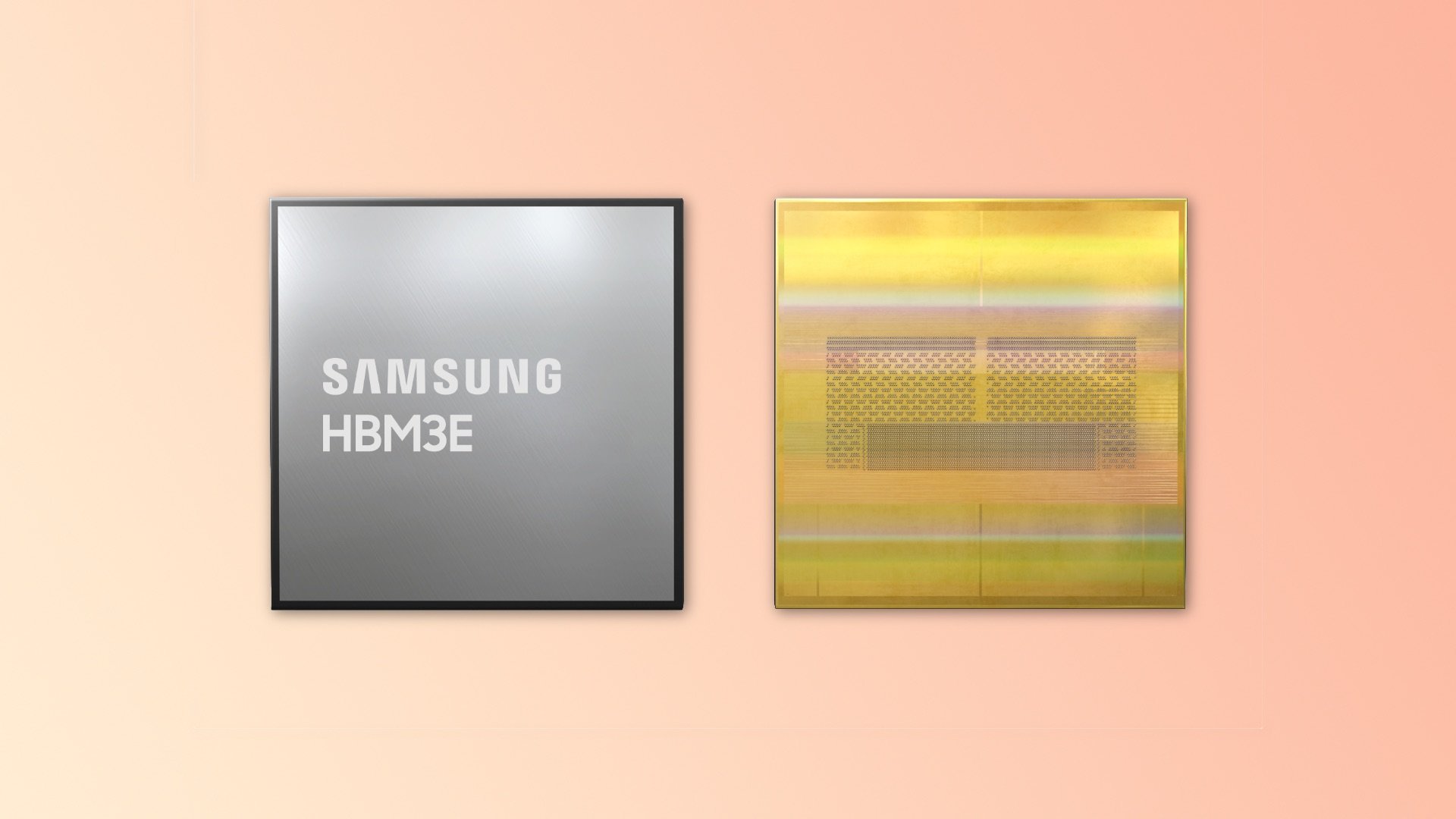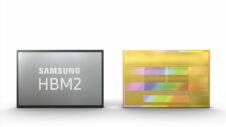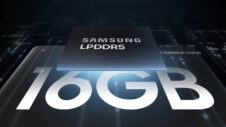According to a new report from Reuters, Samsung Electronics will soon start using the same technology as SK Hynix does to manufacture HBM3 chips.
Samsung uses the non-conductive film (NCF) method to stack layers of chips in high bandwidth memory (HBM) chips. Reportedly, this method works well for chips with a lower number of layers but it poses issues with chips with a higher number of layers, resulting in a lower yield of chips. As a result, Samsung is said to have achieved a yield of only 10-20% with HBM3 chips. Apparently, that’s why Samsung is lagging behind other companies in the HBM3 space, having made no deals with major brands, such as Nvidia, to supply HBM3 chips for GenAI systems.
SK Hynix, on the other, uses a method called mass reflow molded underfill (MR-MUF) to stack layers of chips in high bandwidth memory (HBM) chips. Reportedly, this method addresses the issues caused by Samsung’s NCF method, resulting in a higher yield of chips. As such, the company is said to have achieved a yield of as high as 60-70% with HBM3 chips. Seemingly, that’s why SK Hynix is doing well in the HBM3 market and has already made a deal with Nvidia, the leader in the GenAI market, to supply HBM3 chips for the brand’s GenAI systems.
Samsung orders equipment to manufacture HMB3 chips using MR-MUF
Likely to overcome problems with NCF, increase yield, and gain share in the HBM3 market, the report from Reuters says that Samsung has ordered equipment for manufacturing memory using the MR-MUF method. The publication claims that the news comes directly from people familiar with the matter. One of the sources said, “Samsung had to do something to ramp up its HBM (production) yields … adopting MUF technique is a little bit of swallow-your-pride type thing for Samsung, because it ended up following the technique first used by SK Hynix.”
Reportedly, Samsung is already in talks with material suppliers, including Japan’s Nagase, to source materials for manufacturing memory chips using the MUF method. Three people familiar with the matter further added that the company will use NCF as well as MUF techniques for its latest HBM chips. Last month, the company unveiled the industry’s first 36GB HBM3E DRAM chip, called HBM3E 12H. According to the brand, it uses advanced Thermal Compression Non-Conductive Flm (TC NCF). There’s no info if it uses only NCF or MR-MUF as well.
Reuters reached out to Samsung Electronics to confirm the news and the company denied all those claims saying “Rumors that Samsung will apply MR-MUF to its HBM production are not true.” In fact, the brand said that the NCF technology is the “optimal solution” for manufacturing HBM products and it will use the method for its new HBM3E chips. “We are carrying out our HBM3E product business as planned,” it further added. Samsung refused to reveal the yield percentage of HBM3 chips but the company said that it has secured a “stable yield rate.”






